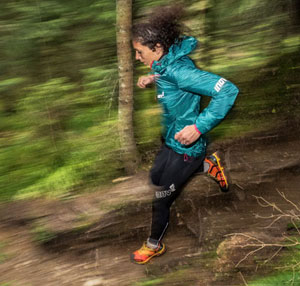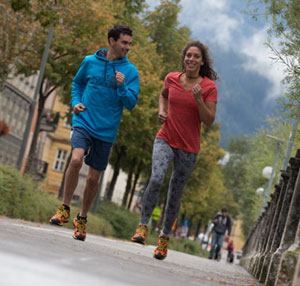How To Run Faster For Longer
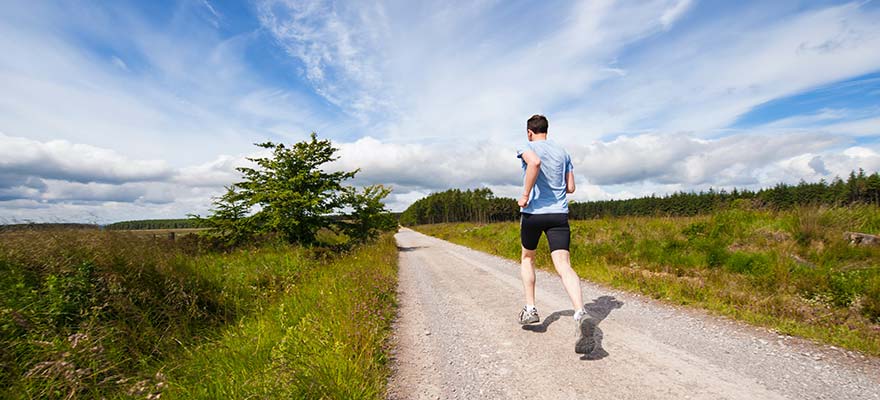
Salomon athlete Donnie Campbell knows what it takes to be successful. He has turned from a 17-stone jogger to one of the UK’s top ultra trail runners, representing Great Britain and racing at some of the biggest trail running events across the globe.
With wins over the last few years at major UK events such as the Salomon Ben Nevis Ultra and the Highland Fling, Donnie has also impressed across Europe too, culminating in a podium place at the 2018 Salomon Mont Blanc Ultra in France.
An ex-Royal Marine Commando, Donnie is also one of Scotland’s top running coaches and is the founder and owner of Get Active Running. He has worked with numerous athletes varying from complete beginners to national and international level athletes who have all seen improvement in performance under his coaching.
Hard Work
Whether it’s 10km, a half marathon, marathon or ultra-marathon, runners want to know how they can run faster for longer. There is no simple answer, no one miracle type of training, supplement, food… instead, it comes down to hard work and doing a number of things well.
I will briefly outline some training principles that if you apply to your own training will help you run faster for longer. As I said above, to improve will require applying more than one of these principles and lots of hard work.
Running Efficiency
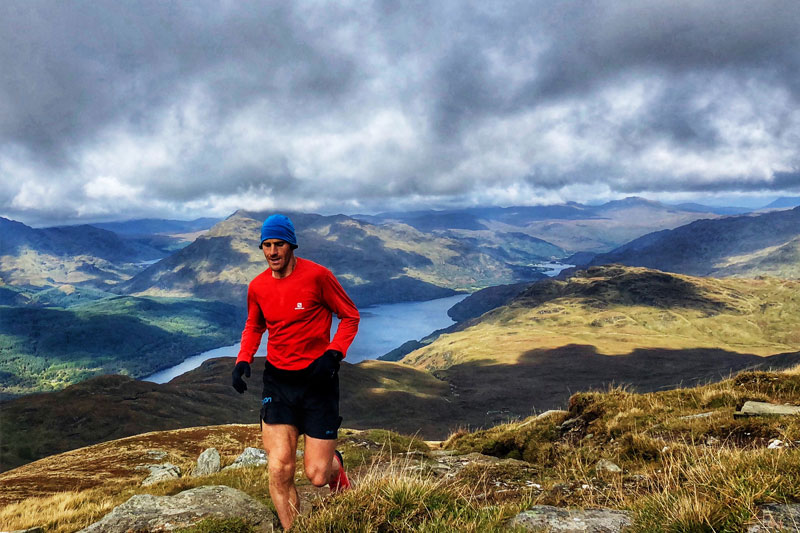
Running is a skill! Everyone can kick a football, but some people can kick a football better than others. Running is the same; everyone can run but some people are more efficient than others. Working on your running biomechanics to make you a more efficient runner will help you run faster for longer. Build up to your base mileage and be specific.
The key for getting your legs used to running your desired distance is simply by putting in the miles. As a guide, you should increase your mileage by 5-10% each week focusing on logging the extra miles during your steady and long runs until you have reached your desired distance. Be sure to keep these runs specific to the event you’re taking part in, if it’s a flat run, train on the flat but if it is a hilly run train in the hills. Also, try to avoid running on asphalt as much as possible to reduce the risk of repetitive impact injuries.
Many people make the mistake of running too fast on their steady, long and recovery runs, so when it comes to running their speed session, their legs are too fatigued, so they can’t run fast enough to get the benefit from the session.
Your steady and longer runs should be run at a pace where you can hold a conversation and where your heart is working at no more than an average of 70% of your max Heart Rate (HR). I find a good GPS watch with a built-in wrist HR monitor, works well for monitoring intensity especially with easy indicators letting you know what training HR zone you are in.
Speed Sessions
Hill Sprints - to build power in your legs, increase your VO2 max and running speed.
Sample sessions could look like:
- sprinting up a hill for 1-3 minutes;
- a recovery walk or jog back down the hill;
- repeat.
You should aim to get your HR above 90% of max HR during the intervals.
Tempo Sessions - these are again best run over similar terrain as to what you’ll be racing on. For this, you’ll be looking to run close to your 10km race speed for 30 to 60min depending on fitness levels. The aim of the session is to push your lactate threshold (i.e. the point where your muscles are producing more lactate than the body can process) so you should aim to be at 70-80% of your max HR. Tempo running is part of the staple training plan of many Kenyan distance runners.
Strength & Conditioning
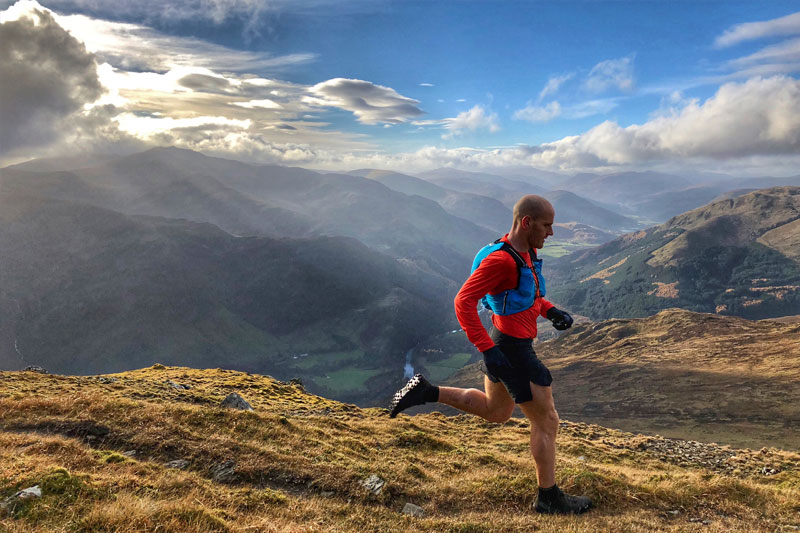
It is important to make sure your body is conditioned to be able to run the distance you want it to. Many runners get injured due to weak muscles, muscles not firing properly or muscular imbalance, so doing some strength and conditioning can reduce the risk of injury and improve your running efficiency.
A sample strength and conditioning session might be:
- 20 one-legged bridges helping to get the glutes to fire;
- 20 one-legged squats (can be done with weights) helping to build strength and balance;
- 20 squat jumps (can be done with weights) to help build dynamic power;
- a 60-second plank;
- 30 sit-ups with a twist;
- 30 back raises (to work not just your abdominals but the oblique and lumbar regions).
Rest for 30-60 seconds after each set, repeat the circuit 3 times.
Nutrition
You can’t out-train a bad diet. This expression is particularly relevant in a society where a growing number of people think an hour or so of running should be rewarded with a takeaway! Learning from the elite Kenyan runners, you should be looking to fuel your training and body.
Elite Kenyan runners base their diet on carbohydrates because that is your body’s preferred energy source, more specifically, complex carbohydrates such as whole grains and fresh fruit and vegetables. Also, you need some lean protein in your diet to help repair damaged muscle tissue from training and some natural fats to aid body function.
A guide to filling up your trolley at the supermarket is to think about what would typically grow in your garden, sticking to the fresh food aisles and cooking your meals from scratch and avoiding ready meals and highly processed food.
If you are already doing all of this in your training then you just have to try improving on each principle, look for marginal gains and train smarter and harder if you want to be able to Run Faster for Longer.

